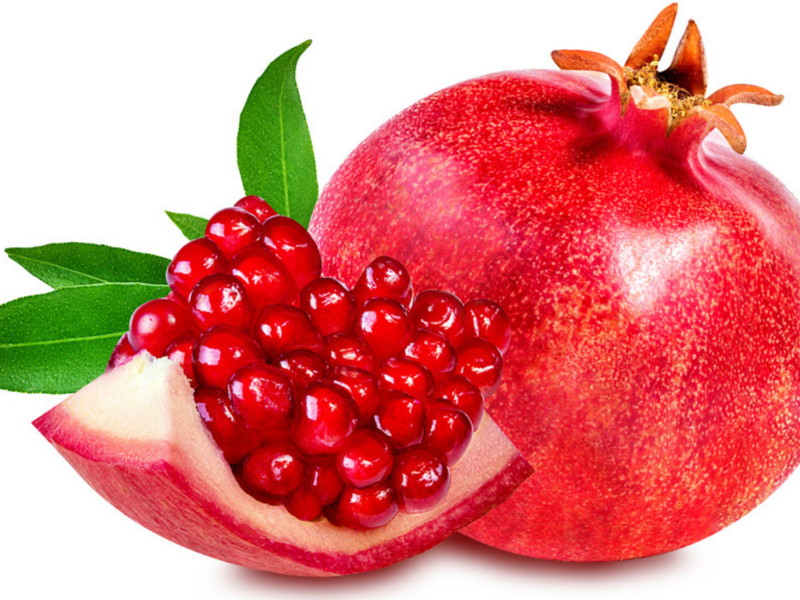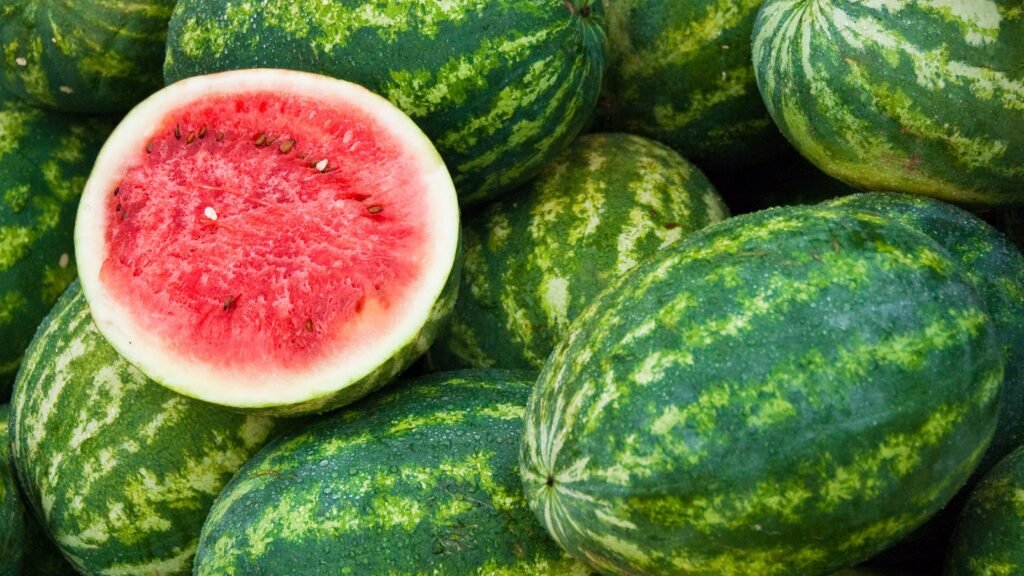Fresh Fruits
1. Banana

Cavendish bananas are the most commonly consumed banana variety worldwide. Recognized for their smooth, yellow skin and creamy, sweet flesh, they are a staple in homes, markets, and supermarkets across the globe. These bananas are seedless and grow in large clusters on tall plants, thriving in tropical climates. Rich in potassium, vitamin B6, and dietary fiber, Cavendish bananas support heart health, aid digestion, and provide quick energy. They are often eaten raw, added to smoothies, or used in baking. Despite their popularity, Cavendish bananas face challenges such as susceptibility to Panama disease, which threatens global production. This has led scientists to explore disease-resistant alternatives. Easy to peel, portable, and nutritious, the Cavendish banana remains a favorite fruit for all age groups and a crucial agricultural export for many countries
2. Mango

Indian mangoes are renowned worldwide for their exceptional sweetness, rich aroma, and juicy texture. Often called the “King of Fruits,” Indian mangoes come in many varieties such as Alphonso (Hapus), Kesar, Dasheri, Langra, and Banganapalli, each with its unique flavor, color, and texture. Grown across diverse regions of India, these mangoes thrive in warm climates with rich soil. The mango season typically runs from March to July, during which the fruit becomes a staple in Indian households and markets. Mangoes are enjoyed fresh, in smoothies, desserts, pickles, and traditional dishes like mango lassi and aamras. Rich in vitamins A, C, and antioxidants, Indian mangoes offer both taste and health benefits. Their global export continues to grow, making them one of India’s most celebrated and in-demand fruits worldwide
3. Pomegranate

Pomegranate is a nutrient-rich fruit known for its vibrant red color, juicy seeds, and numerous health benefits. Native to the Middle East and widely grown in India, pomegranates are packed with antioxidants, especially punicalagins and anthocyanins, which help fight inflammation and protect against heart disease. The fruit is also a good source of vitamin C, potassium, and fiber. Its seeds, called arils, are sweet, tangy, and often eaten fresh, juiced, or added to salads, desserts, and smoothies. Pomegranate juice is popular for promoting heart health and improving skin quality. The fruit is also used in Ayurvedic medicine for its therapeutic properties. India is one of the largest producers and exporters of pomegranates, with varieties like Bhagwa being highly valued for their sweetness, color, and long shelf life
4. Water Melon

Watermelon is a refreshing and hydrating fruit, popular during the hot summer months. Composed of over 90% water, it helps keep the body cool and well-hydrated. Native to Africa and now widely grown in India and around the world, watermelon is known for its juicy, sweet red or pink flesh and black seeds, though seedless varieties are also common. It is rich in vitamins A, B6, and C, and contains antioxidants like lycopene, which supports heart health and may reduce the risk of certain cancers. Watermelon is low in calories and is enjoyed in slices, juices, salads, or as a chilled snack. In India, it is commonly sold by roadside vendors and in markets. Its cooling properties and delightful taste make it a favorite fruit for all age groups